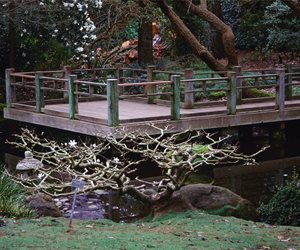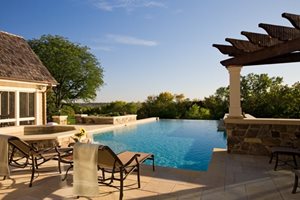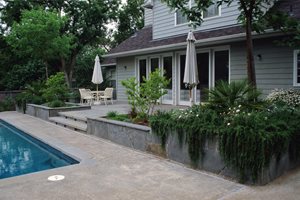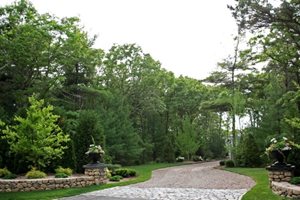Existing Tree Design Considerations
How to preserve mature trees by avoiding soil disturbance and changes in gradeExisting homesite trees are among the most important amenities, because they are literally irreplaceable. That's why the IRS and some homeowners' insurance allow you compensation for the loss of a large old tree. It is estimated a mature specimen adds up to $10,000 to the value of your home.
As living things, trees are vulnerable to soil disturbance. The most sensitive area is the soil within the dripline, which your designer should be fully aware of. Some species like native California oaks are highly sensitive to soil disturbance. They can die simply due to soil compaction during construction. Foot traffic can be enough to compact soil, cutting of oxygen to shallow feeder roots. The same applies to paving or other surfacing. Irrigation in this area can be deadly too.
Trees are also very sensitive to changes in grade and thus become an elevation control. The soil level at the base of the trunk may not be raised or lowered, so all grading must meet this elevation. Raising soil even an inch against the trunk can result in crown rot, which rings the tree by killing the cambium layer. Willows and poplars are among the few species not affected by crown rot, because they have adapted to the radically changing soil levels in flood plains.
Definitions:
Dripline: An invisible line projected downward from the edge of the tree canopy to the soil. Ground inside this circular dripline is highly sensitive to disturbance, compaction, and residue from masonry work.

 Backyards
Backyards
 Front Yards
Front Yards






